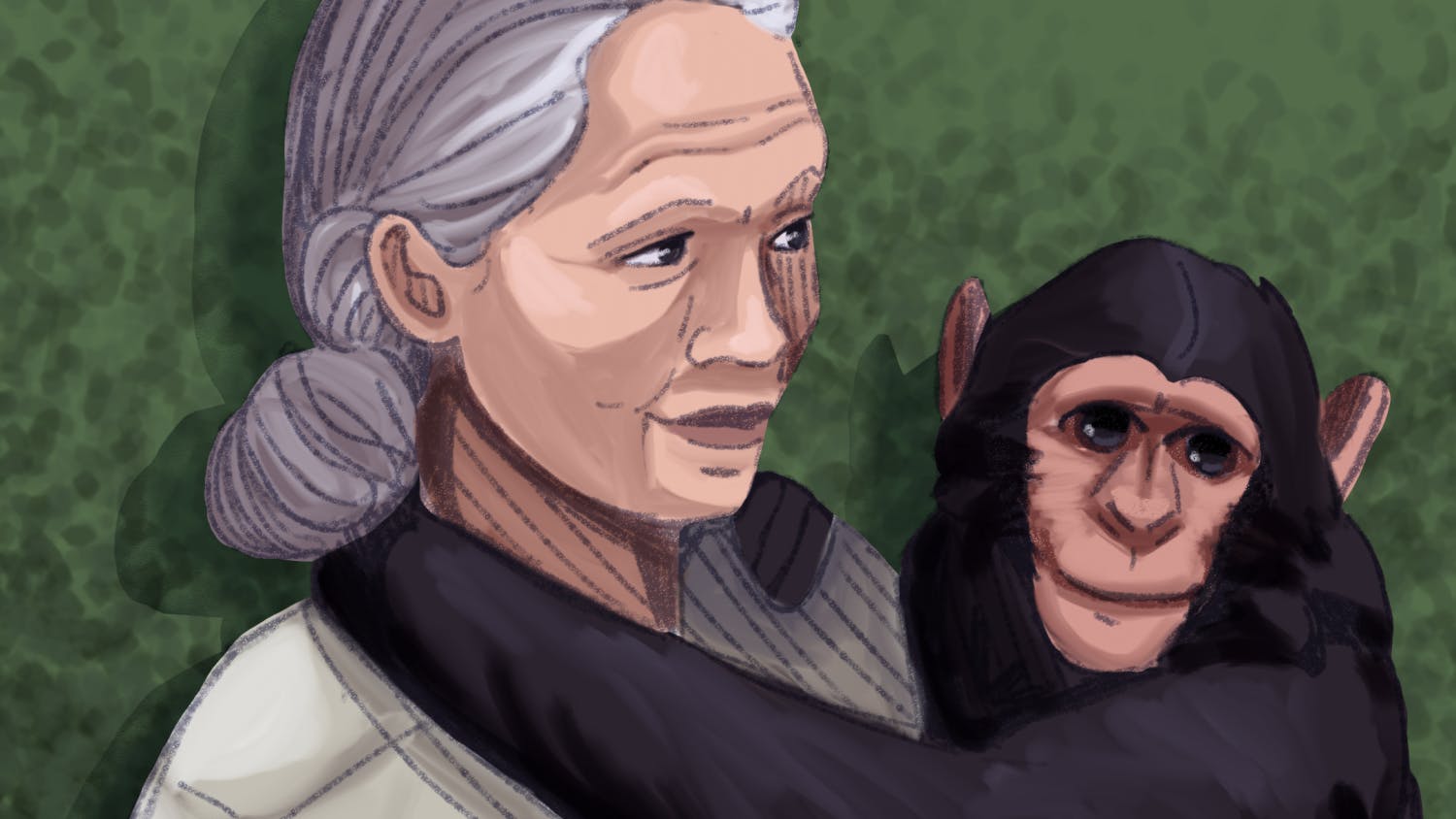As climate change descends on the habitats of North America and the rest of the world, another force presses against ecosystems and forces them to adapt; the way we divide and use land also impacts ecosystems across the entire country.
While these two factors were often looked at individually when considering ecological impact, a recent study conducted at the University of Wisconsin-Madison brought together the two approaches for the first time.
The study combines the changing rates of land use along with the rates of climate change to address the need for integrated assessments and planning when dealing with ecosystems and their changing environments.
Support for the study came from the Bryson Interdisciplinary Climate, People and Environment Program; the Aarhus University’s HISTFUNC program; the National Science Foundation; and NASA’s Land Cover and Land Use Program.
By bringing together these two seemingly disparate influences, the research claims to set up a basis for policy discussion regarding land use, habitat preservation and ecological conservation that will be relevant until 2051. When deliberation brings into account the effects of both changing climates and land usage, policy makers hear a different perspective than when individually considering land use and climate change.
According to the study, certain areas are more susceptible to higher rates of climate change than land use, while other regions may experience the opposite.
The Midwest and New England are examples of this. The flatter lands of the Midwest experience a higher rate of climate change, while the mountainous region of New England is more likely to experience a higher rate of land use. Because of that, the land use policies in each region might have to be addressed differently in regards to habitat preservation or conservation.
Jack Williams, a professor in the geography department at UW-Madison and the director of the Center for Climatic Research and one of the lead researchers of the study, said, “Various parks and management areas are always a scarce resource. You always have to prioritize that sort of effort carefully.”
Regions affected by higher rates of climate change might require their protected areas to be connected to facilitate species movement, while areas of high land use would need heavier investments in protected lands and in preserving habitat types, according to Williams.
Therefore, according to the example, policy makers in the Midwest would be inclined to focus on species movement while New England policy makers would want to set aside more lands for preservation.
Williams worked with Professor Volker Radeloff of the UW-Madison Department of Forest and Wildlife Ecology on a team led by Alejandro Ordonez, a post-docterate at Denmark’s Aarhus University. Williams worked on discerning rates of climate change, while Radeloff handled land use models.
The different rates for climate change and land use were the primary focus of this research, according to Williams.
“It’s not the magnitude of change that matters but the rates of change,” Williams said. “The faster the rate of change, the more difficult it is for species to adapt to or keep up with those rates of change.”
When looking at rates of climate change, Williams and company looked at a plethora of variables like regional annual temperatures and water deficits taken from the Intergovernmental Panel on Climate Change’s Fifth Assessment Report. The rates of land use came from looking at changing land covers (such as crop-to-urban or forest-to-pasture) courtesy of information from census data and land inventory data collected by the government.
In researching different rates of land use, Professor Radeloff also developed economic scenarios for the study.
The team would like to extend to research to other regions beyond North America and explore the integration of land use and climate change, since some scenarios might be “internally inconsistent with each other,” said Williams.
“It’s hard to get all possible combinations of all the climate and land use. Some of them are just logically inconsistent,” said Williams.
Williams would also like expand the research to include the rates of species’ response to the changing environments to further expand research on the topic.





